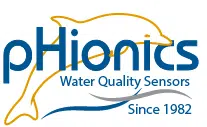The Importance of Isolation in Water Quality Measurement
What is isolation?
Electronic isolation is the practice of preventing current flow from one electrical system to the other while still allowing information or energy exchange between the two systems. Benefits of isolation include elimination of ground loops along with electrical surge protection for both users and attached electronic devices.
Isolation is commonly accomplished with optocouplers, via light, or transformers, via magnetic fields, depending on how much energy is transferred and how that energy must be modified.
Methods of Isolation (Simplified)
Optocoupler (or opto-isolator/photocoupler)
This device uses an LED to transfer signals to a photosensor, which either generates an electric current or modifies a current via changing resistance. As the LED and photoresistor are technically on separate circuits, the gap between the LED and photosensor provides a physical barrier to voltage transfer in the instance of large surges.
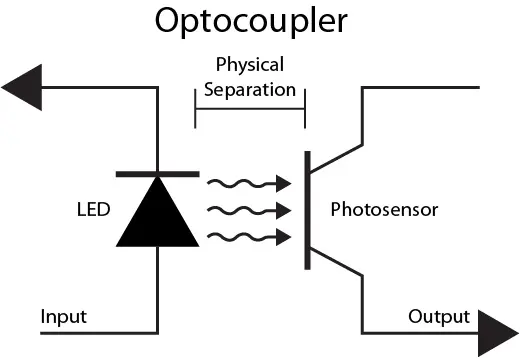
Isolation Transformer
These work via galvanic isolation, which block DC current but allow AC current to pass through. The transformer is made up of a ferromagnetic core, around which the input and output wires are coiled. Alternating current on the input wire induces a magnetic field in the core, which then induces an equal current in the output wire, providing signal transfer while being physically separated.
A good video on how transformers work can be found here.
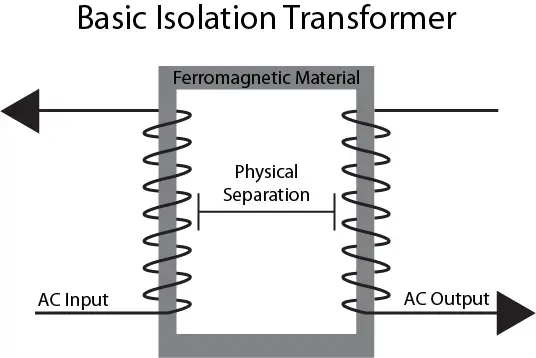
The descriptions and images relating to methods of isolation are simplified. There are many other variations of these two methods and other methods of isolation that are not as common.
How does isolation relate to water quality?
Water is an excellent conductor of electricity, not because of the H2O molecules themselves but rather the ions dissolved in it. These ions transfer electrical current between them with little resistance, allowing currents of varying strengths to pass through the water to reach an area of lower voltage potential or “ground” (e.g. earth ground). When a typical water quality electrode enters the water, it immediately provides a path to ground for electrical currents.
Depending on the size of the current, the effect can range from minor background noise during measurement to electrical surges that damage the sensor, and anything attached to it (other electronics or humans).
Isolation prevents current (up to a certain voltage) from flowing through a measurement device placed in a charged body of water, thereby protecting attached electronics and the user from potential harm.
Sources of Current in Bodies of Water
Charged bodies of water are often encountered in industrial manufacturing facilities such as wastewater treatment plants but can also be found in natural waterways anywhere human activity is present. Some mechanical devices, such as solenoid pumps, induce currents in the surrounding area when they are powered on. Attempting to measure water quality close to a solenoid in process control will inevitably lead to background noise and, potentially, unusable measurements if the sensor does not have adequate noise reduction such as isolation and differential amplification for common-mode noise. The generated currents around motors are generally small enough to be non-hazardous to humans or electronics.
Improper grounding of electronics is another source of both large and small electrical current. It results in ground loop formation, causing current to be transferred to water from metal pipes or containers. The released current can cause background noise or large random spikes in electronic measurements. An example of ground loop formation that may be familiar is the humming made when a sound system is plugged in. The humming signifies that one or more of the devices is not properly grounded, resulting in noise. Improper grounding can be difficult to diagnose or fix and is a serious concern for water quality measurement due to the conductive nature of water.
In a similar vein is damaged electronics, as any exposed circuit could release an electrical current into the water. In this instance, as with ground loops, isolation prevents damage that would otherwise occur from the electric surge, saving money and potentially lives.
Conclusion
Isolation, along with differential amplification, allows water quality sensors and transmitters to perform accurately in many applications where non-isolated devices cannot. The inherent safety for both users and connected electronics is another reason why an isolated device is always recommended when working with conductive solutions.
pHionics products always include isolation, along with differential amplification for additional noise reduction, ensuring accurate measurement so none of your time and effort goes to waste. To see a full breakdown of our features, please visit our products page.
Suggest an Article or Video Topic!
Recent Articles
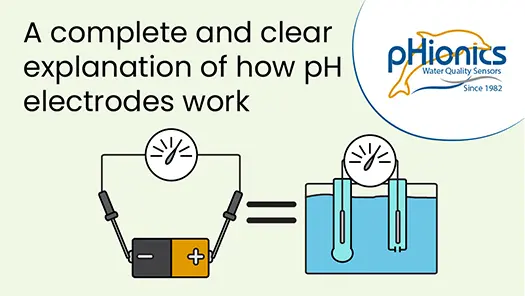
How Glass pH Electrodes Work
In this video, learn about the electrochemistry that allows silver/silver chloride pH electrodes to measure the acidity of solutions. Modern electrode design is also reviewed to demonstrate what improvements have been made and what weaknesses are still present. Click...
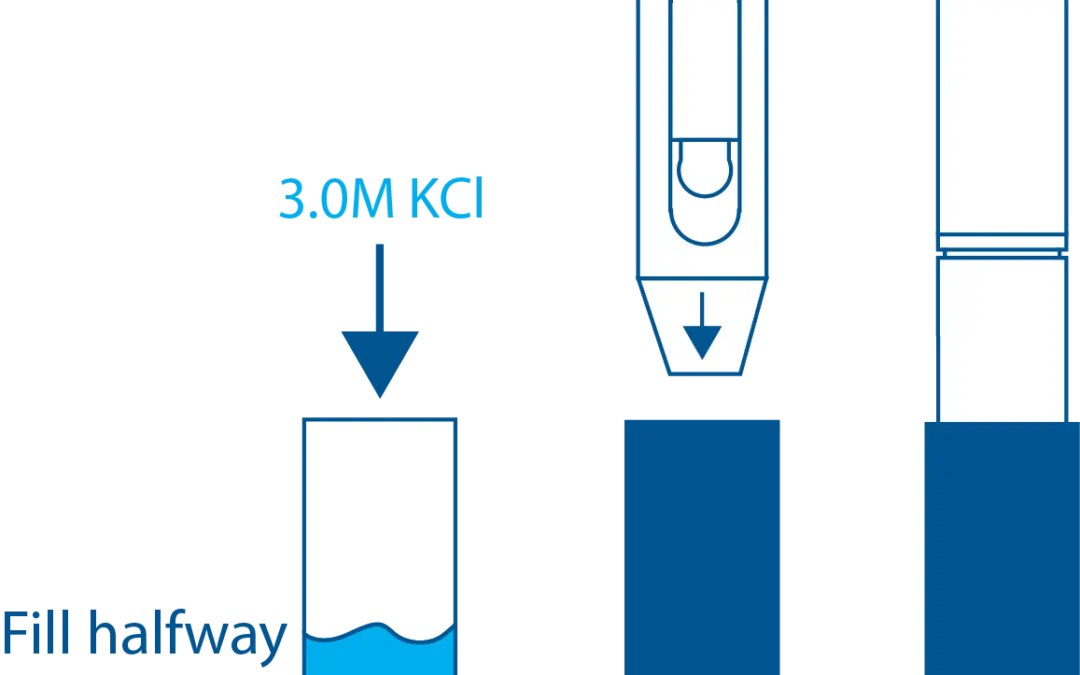
STs Series Sensor Storage
STs Series sensors are constructed from high-quality, durable materials that can be stored for long periods of time. The only weak point is the electrode, which can be damaged or expire during storage in the wrong conditions. These conditions vary depending on the type of electrode, which is why we have different storage instructions for each sensor.
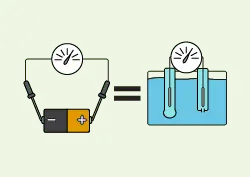
How a Glass pH Electrode Works
A comprehensive article covering how glass electrodes measure pH in a simple, understandable format. Specifically for silver/silver chloride electrodes.
